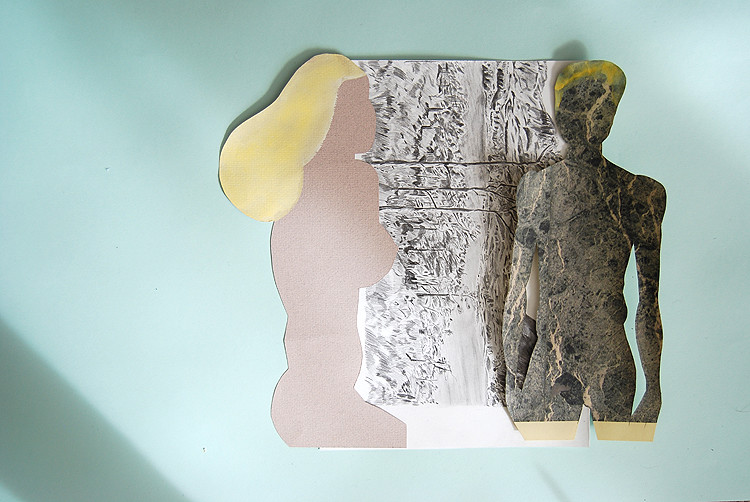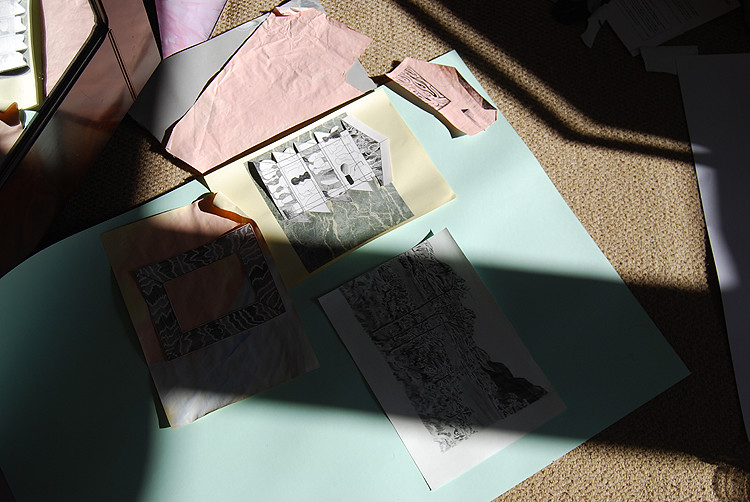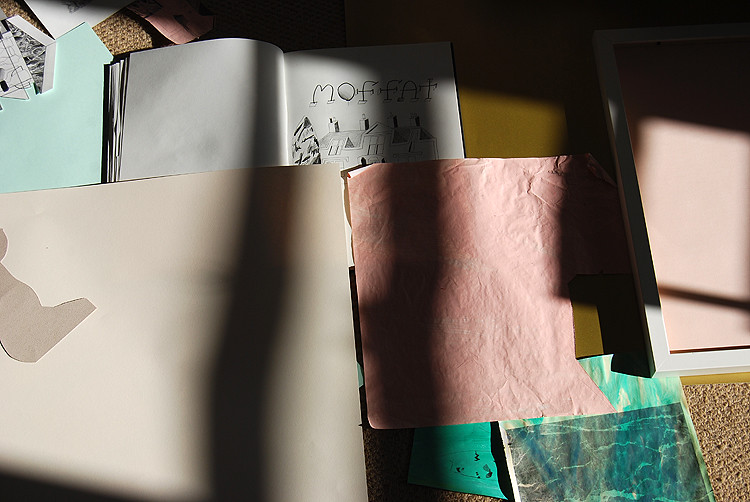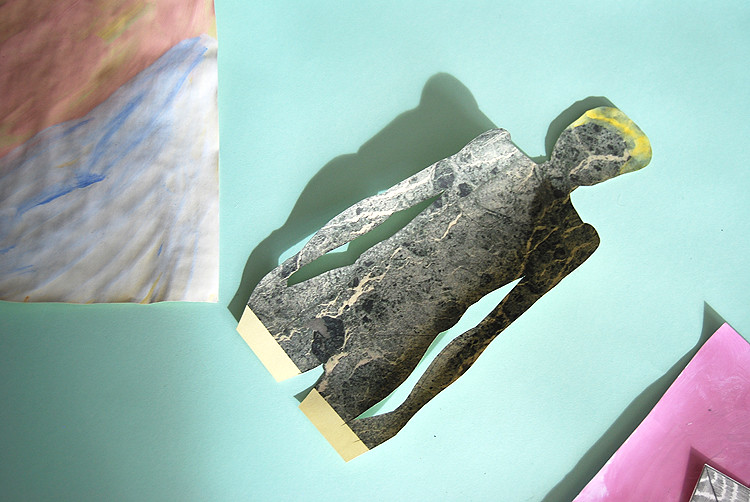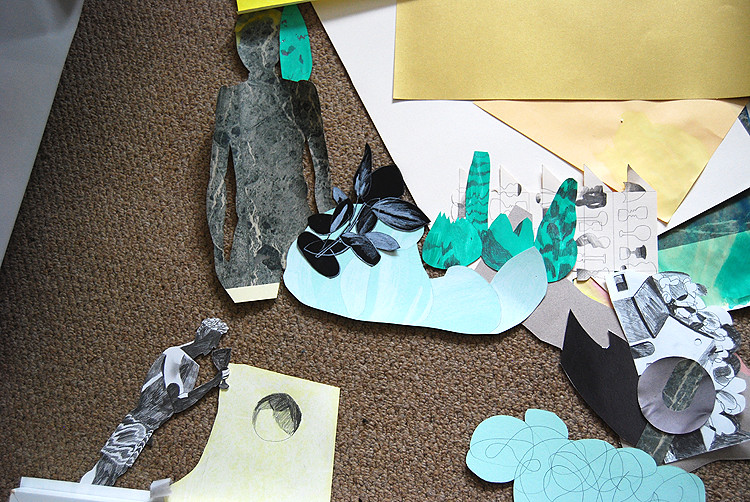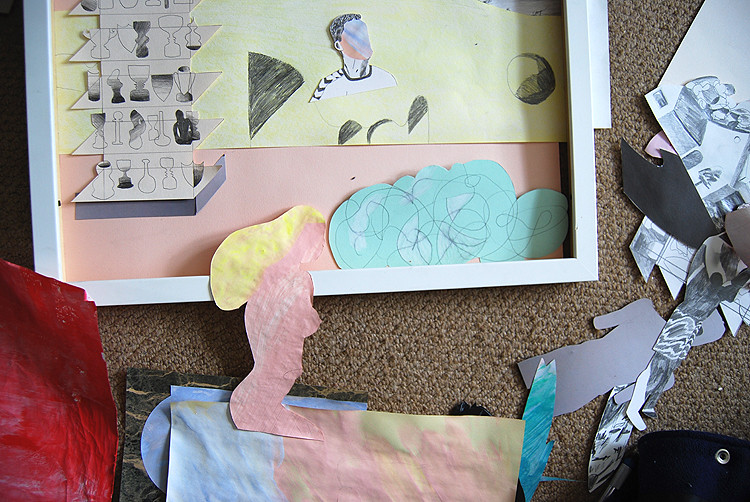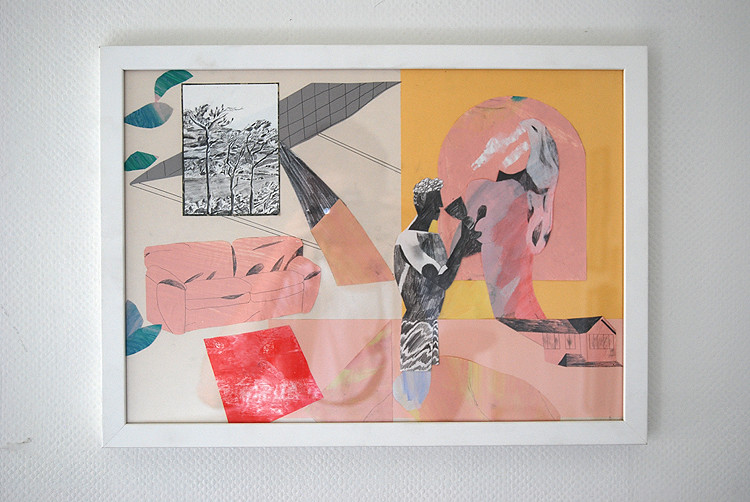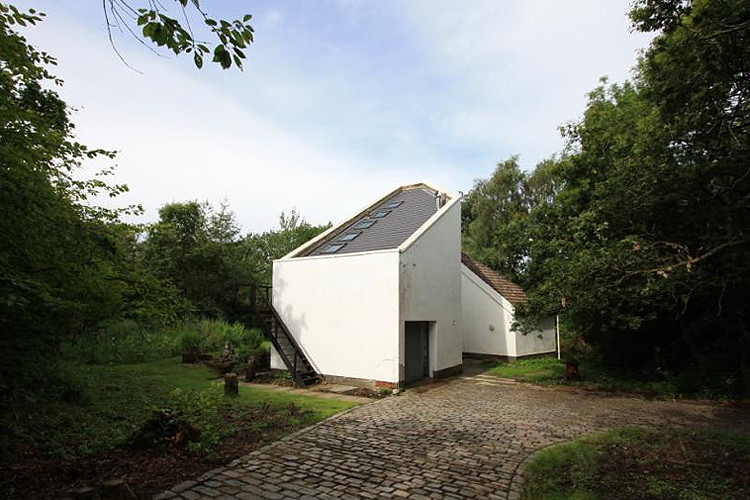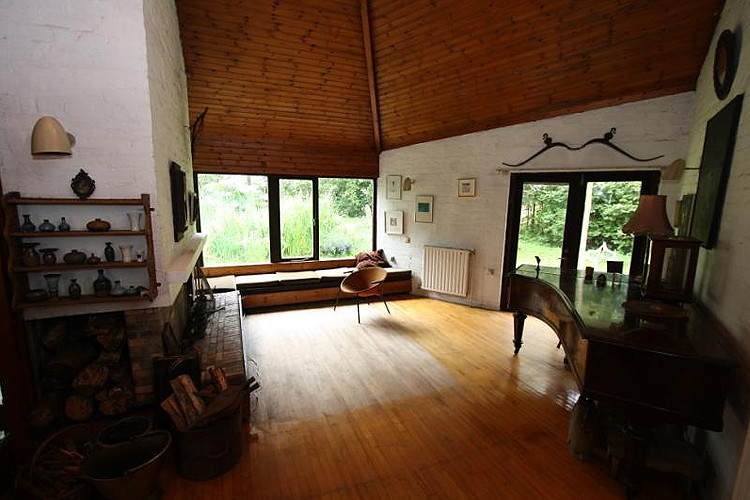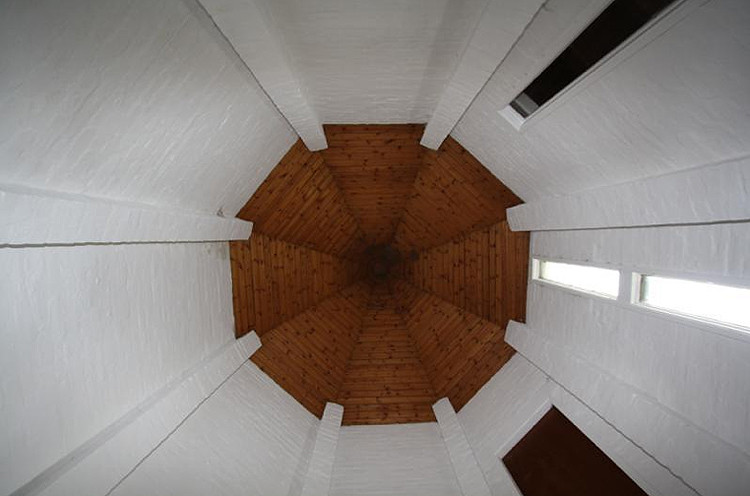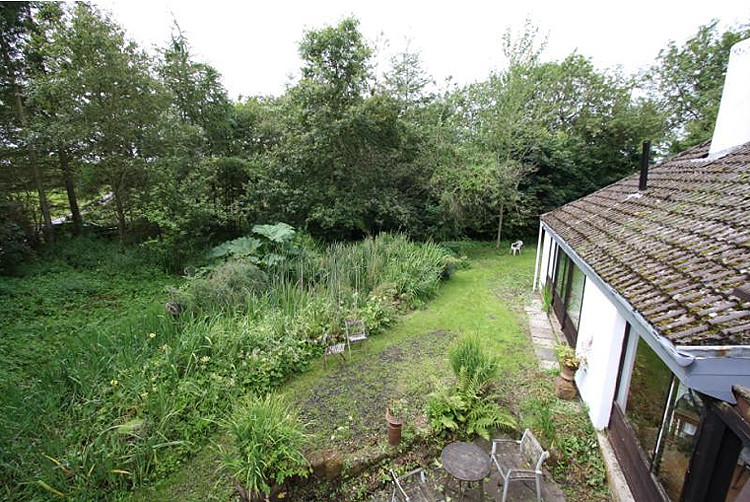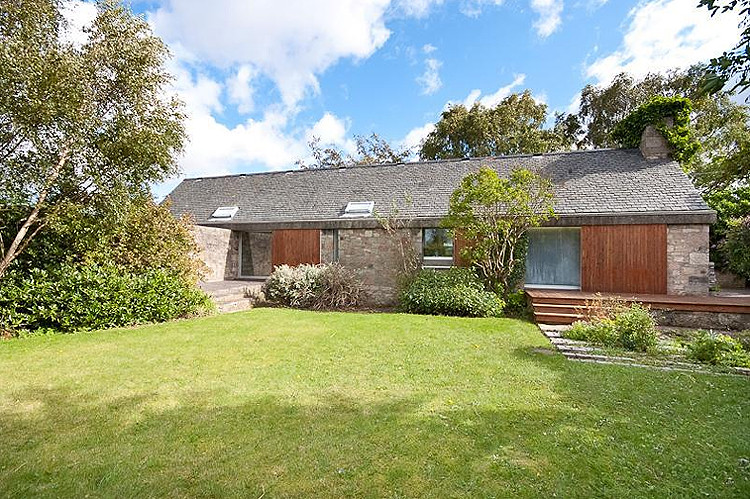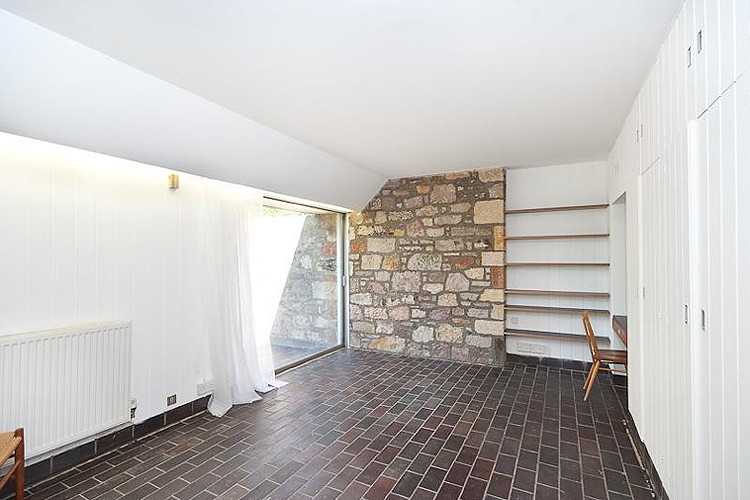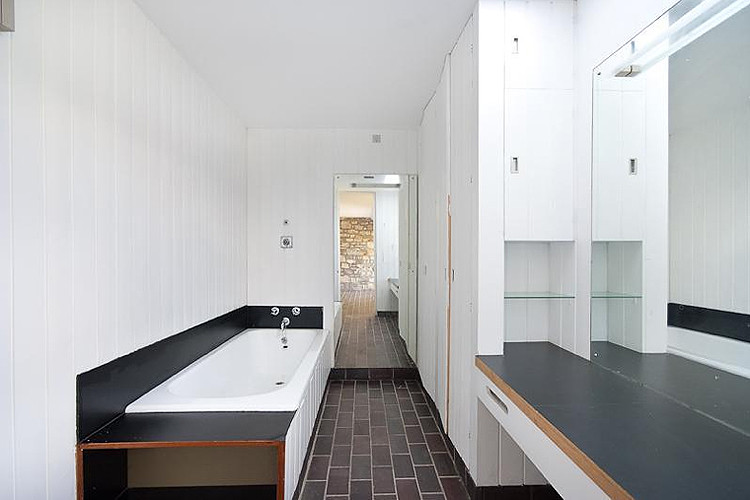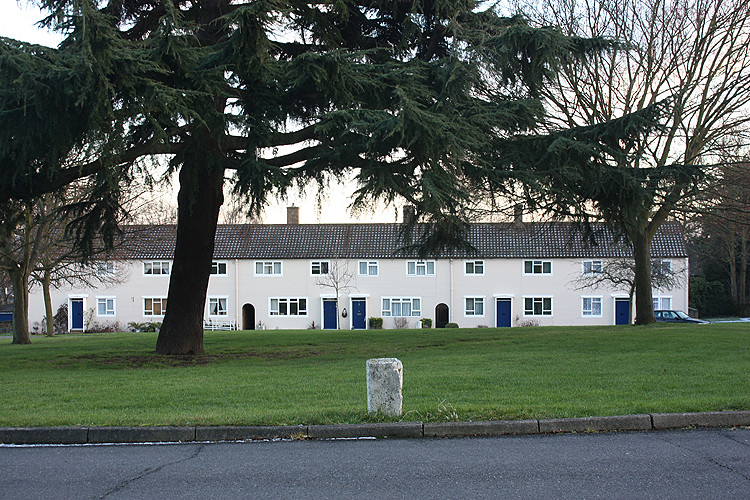
Sydenham Hill, London
EXTERNAL VERITIES: PART 5
THE VALUE OF DIVERSITY
Are these myriad expressions of individual taste a good thing? Le Corbusier (1963) would not have thought so. He advocates ‘uniformity in detail and variety in the general effect (the exact opposite of what we do today: a mad variety in details, and a deadly uniformity in the setting out of our streets and towns.)’ (p.214), the latter a description that we can imagine being applied to much of south-east London. Edwards (1981) takes a similar view, opining that ‘Whatever may be the social, economic or political benefits of [right to buy], the effect on the environment of municipal suburbia has certainly been disruptive.’ (p. 207) because individual changes can spoil a carefully planned design. However, his view of speculative suburbia is so dim that he believes that here it scarcely matters because ‘the appearance of the place is so restless that such changes are scarcely noticed in the jolting irregularity of the scene.’ (p. 207)
Le Corbusier (1963) longs for a situation where the prefabrication of basic components meant that there is ‘some sort of link between the rich man’s house and the poor man’s’ (p.217) and
A house will no longer be ... an expensive luxury by which wealth can be shown; it will be a tool as the motor-car is becoming a tool ... an aesthetic of its own results from the method employed, and to use the resources of the modern industrial “yard” to advantage demands the exclusive employment of straight lines, square-set ... We must clear our minds of romantic cobwebs. (pp. 220-221)However, this is all written from a privileged viewpoint and the functionalist rhetoric is superficial: so a rich man’s house might be made to look a bit like a poor man’s house and vice versa, but it is still a capitalist approach.
Also, Le Corbusier’s ‘machine aesthetic’ is every bit as romantic as one which advocates reconstituted stone wishing wells or animal topiary. De Botton (2007) describes his celebrated Villa Savoye as an ‘artistically minded folly.’ (p.68) Its flat roof, insisted on by Le Corbusier despite his clients’ requests for a pitched one, may have looked efficient and utilitarian but it leaked so much that the clients’ son caught a chest infection which led to pneumonia. The house was uninhabitable.
Lefebvre’s view is very different. Merrifield (2006) describes his feelings of unease in the Modernist new town of Mourenx, reminiscent of the Pessac houses prior to their transformation or a lower density version of the Aylesbury Estate upon completion: ‘Its physiognomy is left naked, robbed of meaning, ‘totally legible’ ... a stripping process has been accomplished.’ (p. 63) Lefebvre asks “Are we entering a Brave New World of joy or a world of irredeemable boredom?” (Lefebvre cited in Merrifield, 2006 p.63) Although he says he cannot give an answer, the subtext implies that he leans towards the latter. This is a place in which there is ‘no romance around any corner . What’s there is simply there.’ (Merrifield, 2006 p.63) And what’s there excludes castellated semis, stone cladding and maisonette exteriors resembling football clubs. ‘In the street disorder lives, it informs, it surprises’ (Lefebvre cited in Merrifield, 2006 p.91); ‘this disorder constructs a superior order.‘ (Merrifield, 2006 p.91) Brand (1997) believes that ‘the most interesting period for a building is between creation and demolition or preservation - when it’s changing’ (p. 10), quoting Eno: “humans have a taste for things that not only show that they have been through a process of evolution, but which also show they are still a part of one. They are not dead yet.” (Eno cited in Brand, 1997 p. 11)
CONCLUSION
I have presented a subjective snapshot of the public face of a selection of ‘ordinary’ houses in south-east London, and attempted to explore some of the possible factors that may have led to them looking the way they do right now. However, when operating in the realm of taste there is simply no room for rigorous objectivity. The DIY store coach lamp by the front door might imply that the householder harbours a longing for a mythical past, conceived as a Dickensian Christmas card, or it may just mean that he needed a light by which to see his keys, and his brother-in-law had this old one lying in the garage. Some people, as we have heard, are quite clear about what they are projecting when they paint that garden gate or rip out those hybrid tea roses, whereas others claim it is irrelevant, having no bearing whatsoever on them as an individual. And even the most dedicated DIY enthusiast will never fully erase the presence of previous inhabitants; every house ever built is destined to become a palimpsest.
Ultimately, attempting to find a correct approach is futile in the post-post-modern age. Some questions evade definitive answers. What is good taste in design that goes beyond the merely utilitarian? A combination of snobbery and oneupmanship? One might replace the picture window with a more authentic leaded one, but it then plunges the interior into stygian gloom. Which is better? It is impossible to say.
So is there value in this diversity of approaches? Our built environment as it stands may well be the construct of successive phases of capitalist hegemony, but in the era of post-industrial consumer capitalism, state planning for the ‘common good’ is probably not the answer. While those of us who may like to regard ourselves as socialists deplore a perceived lack of imagination in contemporary speculative developments and bemoan the lack of decent, affordable municipal housing, we still have no desire to be told what colour we must paint our front door.
Lefebvre (cited in Merrifield, 2006 p, 62) said that ‘the anthrope (sic) should always fight against a plan of logic, of technical perfection, of formal rigour, of functions and structures.’ In south-east London’s ouevre of exteriors, that fight is evidently ongoing. So much has been made of England's innate affection for individualistic domesticity at the expense of urban interaction. Perhaps the expressive range of these terraced facades combines the best of both.



